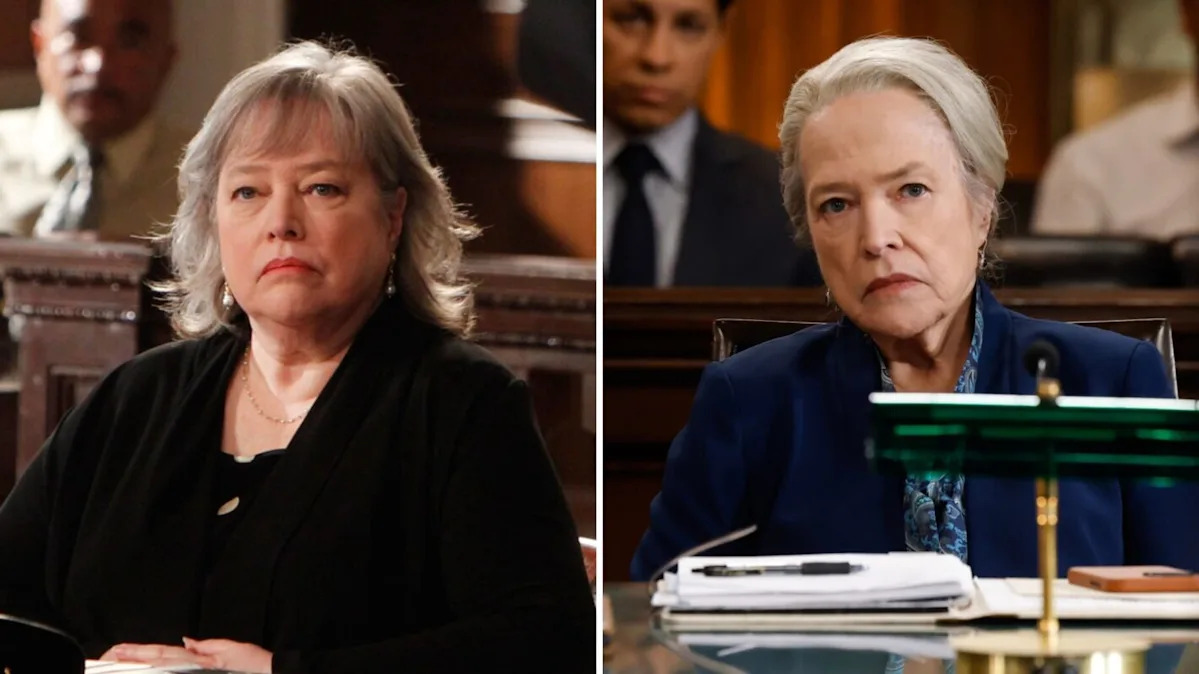At a recent school safety conference in Grapevine, Texas, drones armed with pepper balls buzzed around a test dummy, demonstrating one company’s high-tech solution to an American crisis. “We use drones to stop school shootings,” explained Justin Marston, CEO of Campus Guardian Angel. In an active shooter event, his company proposes remotely piloting the school-housed drones to debilitate an attacker.
This system is just one of many products fueling a burgeoning school security industry. In the wake of more than 400 school shootings since the Columbine massacre in 1999, the market for such technologies is now valued at nearly $4 billion and is projected to continue growing.
Inside the conference’s expo hall, vendors showcased an array of security measures, from panic buttons and bullet-resistant whiteboards to facial recognition systems and advanced training simulators. Tom McDermott of metal detector manufacturer CEIA USA noted that schools have shifted from a small fraction of his U.S. business to the majority. “It’s good for business, but we don’t need to be selling to schools,” he said.
Similarly, Sarah McNeeley, a sales manager for SAM Medical, reported a growing demand from school districts for trauma kits equipped with tourniquets and clotting agents—items once primarily sold to EMTs, fire departments, and military medics. “Being prepared and having these devices in the schools is essential,” McNeeley stated.
Despite the industry’s rapid growth, experts express concern over the lack of evidence supporting the effectiveness of many of these products. “The school safety and security industry has grown rapidly over the past decade,” said Sonali Rajan, senior director with the research arm of Everytown for Gun Safety. “The challenge right now is that these school safety products, the vast majority, have absolutely no evidence guiding their effectiveness.”
The conference was organized by the National Association of School Resource Officers (NASRO), which trains school-based police on topics ranging from tactical response to building trust with students. Sarah Mendoza, a school resource officer from Yoakum, Texas, emphasized the importance of personal connection. “My connection with the kids is so important because they’re the ones who are going to come and tell me, ‘Hey Mendoza, this is what’s going on,'” she said.
While basic security measures like locked doors can save lives, gun violence researchers stress that true prevention lies elsewhere. Experts point to investing in robust mental health services and fostering a school culture of trust and emotional support as key strategies, noting that most school shooters are current or former students in crisis.
Jillian Peterson, who leads the Violence Prevention Project Research Center, has interviewed individuals who planned but did not carry out a school shooting. She identified two critical deterrents: difficulty accessing a firearm, which underscores the importance of safe storage laws, and a meaningful intervention from someone who offered hope during a crisis.
Peterson argues that the billions spent on security technology could be redirected to mental health professionals and counselors. Still, she understands the powerful appeal of security products. “I think it preys on people’s worst fears,” she said. “How do you say no to something if you’re telling me it might save my kid’s life?” This desire to purchase a sense of safety, she added, feels uniquely American—much like the problem it aims to solve.
Source link






